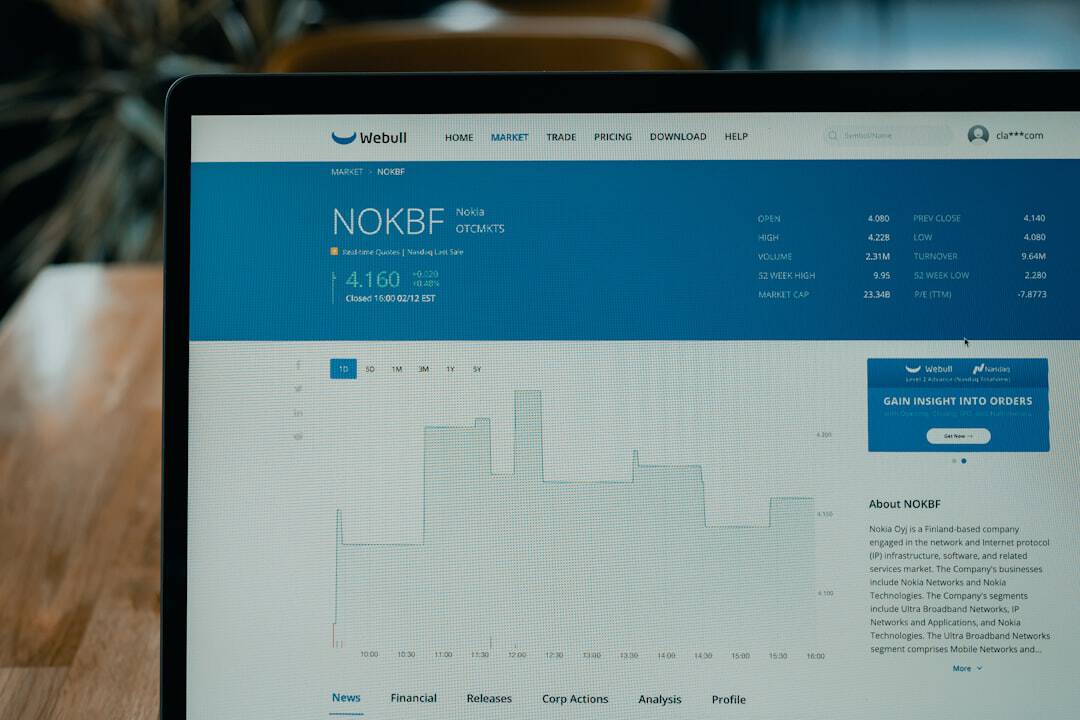Zero Trust Network Access (ZTNA) is a security framework that provides secure access to resources regardless of user location. Unlike traditional perimeter-based security models, ZTNA authenticates and authorizes every access request, whether internal or external. This approach is essential in today’s digital environment, where remote work and cloud-based applications are prevalent.
ZTNA implements the principle of least privilege, granting users access only to resources necessary for their job functions. This approach minimizes unauthorized access risks and reduces the potential attack surface. By adopting ZTNA, organizations can enforce strict access controls, conduct real-time user activity monitoring, and prevent lateral threat movement within networks.
This proactive security strategy is crucial for protecting sensitive data and maintaining regulatory compliance. ZTNA offers a user-friendly experience by enabling secure access to applications and data from any device without requiring a traditional VPN. This flexibility benefits remote workers who need to access corporate resources from various locations and devices.
ZTNA ensures that employees have secure and reliable access to necessary tools, maintaining productivity without compromising security.
Key Takeaways
- Zero Trust Network Access (ZTNA) is a security model that verifies every user and device trying to access the network, regardless of their location.
- FortiZTNA offers secure access by providing encrypted connections and granular access controls, reducing the risk of unauthorized access and data breaches.
- FortiZTNA simplifies secure access management by providing a single platform for managing user identities, access policies, and security settings.
- Implementing FortiZTNA in your organization can improve security posture, reduce complexity, and enhance user experience with seamless and secure access.
- FortiZTNA plays a crucial role in securing remote work by ensuring that remote users and devices are authenticated and authorized before accessing the network, protecting sensitive data and resources.
The Benefits of FortiZTNA for Secure Access
Secure Access from Anywhere
One of the key advantages of FortiZTNA is its ability to provide secure access to applications and data, regardless of the user’s location. This is particularly valuable in today’s remote work environment, where employees need to access corporate resources from home, coffee shops, or other remote locations.
Enforcing Strict Access Controls
With FortiZTNA, organizations can ensure that their employees have secure and reliable access to the tools they need to stay productive, without compromising on security. Another benefit of FortiZTNA is its ability to enforce strict access controls based on user identity and device posture. This means that only authorized users with compliant devices can access corporate resources, reducing the risk of unauthorized access and potential security threats.
Real-time Visibility and Seamless User Experience
FortiZTNA also provides real-time visibility into user activity, allowing organizations to monitor and analyze access patterns for potential security risks. This proactive approach to security helps organizations stay ahead of potential threats and maintain a strong security posture. Additionally, FortiZTNA offers a seamless user experience by providing secure access to applications and data from any device, without the need for a traditional VPN. This flexibility is essential for remote workers who need to access corporate resources from various locations and devices.
How FortiZTNA Simplifies Secure Access Management

FortiZTNA simplifies secure access management by providing a unified platform for enforcing Zero Trust Network Access policies. With FortiZTNA, organizations can define granular access controls based on user identity, device posture, and application sensitivity. This allows organizations to enforce strict access policies that align with their security requirements and compliance regulations.
FortiZTNA also simplifies secure access management by providing real-time visibility into user activity and access patterns. This visibility allows organizations to monitor and analyze user behavior for potential security risks, enabling them to take proactive measures to mitigate threats. By centralizing access management and monitoring, FortiZTNA streamlines the process of securing corporate resources and reduces the complexity of managing multiple security solutions.
Another way FortiZTNA simplifies secure access management is by providing a seamless user experience. With FortiZTNA, users can securely access applications and data from any device, without the need for a traditional VPN. This flexibility is essential for remote workers who need to access corporate resources from various locations and devices.
By providing a seamless user experience, FortiZTNA ensures that employees have secure and reliable access to the tools they need to stay productive, without compromising on security.
Implementing FortiZTNA in Your Organization
| Metrics | Data |
|---|---|
| Number of Users | 500 |
| Implementation Time | 3 months |
| Cost Savings | 20% |
| Security Compliance | 100% |
Implementing FortiZTNA in your organization is a strategic decision that can significantly enhance your security posture and streamline secure access management. The first step in implementing FortiZTNA is to assess your organization’s security requirements and identify the resources that need to be protected. This includes identifying sensitive data, critical applications, and potential security risks that need to be addressed.
Once you have identified your organization’s security requirements, the next step is to define granular access controls based on user identity, device posture, and application sensitivity. This involves creating policies that align with your organization’s security requirements and compliance regulations. By defining granular access controls, you can ensure that only authorized users with compliant devices can access corporate resources, reducing the risk of unauthorized access and potential security threats.
After defining access controls, the next step is to deploy FortiZTNA across your organization’s network infrastructure. This involves integrating FortiZTNA with your existing security solutions and configuring it to enforce Zero Trust Network Access policies. By deploying FortiZTNA, you can ensure that your organization has a unified platform for enforcing secure access policies and monitoring user activity in real-time.
FortiZTNA’s Role in Securing Remote Work
FortiZTNA plays a crucial role in securing remote work by providing secure access to applications and data from any device, without the need for a traditional VPN. This flexibility is essential for remote workers who need to access corporate resources from various locations and devices. With FortiZTNA, organizations can ensure that their employees have secure and reliable access to the tools they need to stay productive, without compromising on security.
Another way FortiZTNA secures remote work is by enforcing strict access controls based on user identity and device posture. This means that only authorized users with compliant devices can access corporate resources, reducing the risk of unauthorized access and potential security threats. By enforcing strict access controls, FortiZTNA helps organizations maintain a strong security posture and protect sensitive data from potential threats.
FortiZTNA also provides real-time visibility into user activity, allowing organizations to monitor and analyze access patterns for potential security risks. This proactive approach to security helps organizations stay ahead of potential threats and maintain a strong security posture, even in a remote work environment.
Enhancing Security with FortiZTNA’s Adaptive Authentication

FortiZTNA enhances security with adaptive authentication by providing additional layers of verification based on user behavior and risk factors. Adaptive authentication takes into account various factors such as location, time of day, device posture, and user activity to determine the level of authentication required for accessing corporate resources. This ensures that only authorized users with compliant devices can access sensitive data, reducing the risk of unauthorized access and potential security threats.
Another way FortiZTNA enhances security with adaptive authentication is by providing multi-factor authentication (MFA) capabilities. MFA requires users to provide multiple forms of verification before accessing corporate resources, such as a password, biometric scan, or one-time passcode. By implementing MFA through FortiZTNA, organizations can add an extra layer of protection against unauthorized access and potential security threats.
FortiZTNA also provides real-time visibility into user activity and access patterns, allowing organizations to monitor and analyze user behavior for potential security risks. By combining adaptive authentication with real-time visibility, FortiZTNA helps organizations stay ahead of potential threats and maintain a strong security posture.
The Future of Secure Access with FortiZTNA
The future of secure access with FortiZTNA looks promising as organizations continue to embrace remote work and cloud-based applications. With the increasing adoption of digital transformation initiatives, the need for secure access solutions like FortiZTNA will only continue to grow. As organizations strive to protect sensitive data and maintain compliance with industry regulations, FortiZTNA will play a crucial role in ensuring secure access to corporate resources.
In the future, we can expect FortiZTNA to evolve with advanced capabilities such as artificial intelligence (AI) and machine learning (ML) for proactive threat detection and adaptive authentication. These advanced capabilities will enable organizations to stay ahead of potential threats and maintain a strong security posture in an increasingly complex threat landscape. Overall, FortiZTNA will continue to be at the forefront of secure access management, providing organizations with the tools they need to enforce Zero Trust Network Access policies and protect sensitive data from potential threats.
As the digital landscape continues to evolve, FortiZTNA will play a crucial role in securing remote work and ensuring that organizations have secure and reliable access to the tools they need to stay productive.
If you’re interested in learning more about the challenges and opportunities for businesses in the metaverse, you should check out this article. It provides valuable insights into the economic perspectives of the metaverse and how businesses can navigate this new virtual landscape.
FAQs
What is FortiZTNA?
FortiZTNA is a Zero Trust Network Access (ZTNA) solution offered by Fortinet, a leading cybersecurity company. It provides secure access to applications and resources for users, regardless of their location.
How does FortiZTNA work?
FortiZTNA works by implementing a Zero Trust approach, which means that it verifies every user and device attempting to access the network, and grants access based on specific policies and parameters. This helps to minimize the risk of unauthorized access and potential security breaches.
What are the key features of FortiZTNA?
Some key features of FortiZTNA include secure access to applications and resources, multi-factor authentication, continuous monitoring and enforcement of access policies, and integration with other Fortinet security solutions.
What are the benefits of using FortiZTNA?
Using FortiZTNA can help organizations improve their security posture by providing secure access to applications and resources for remote and on-premises users. It also helps in reducing the risk of unauthorized access and potential security breaches.
Is FortiZTNA suitable for small businesses?
Yes, FortiZTNA is suitable for businesses of all sizes, including small and medium-sized enterprises. It provides a scalable and flexible ZTNA solution that can be tailored to the specific needs of each organization.











Leave a Reply